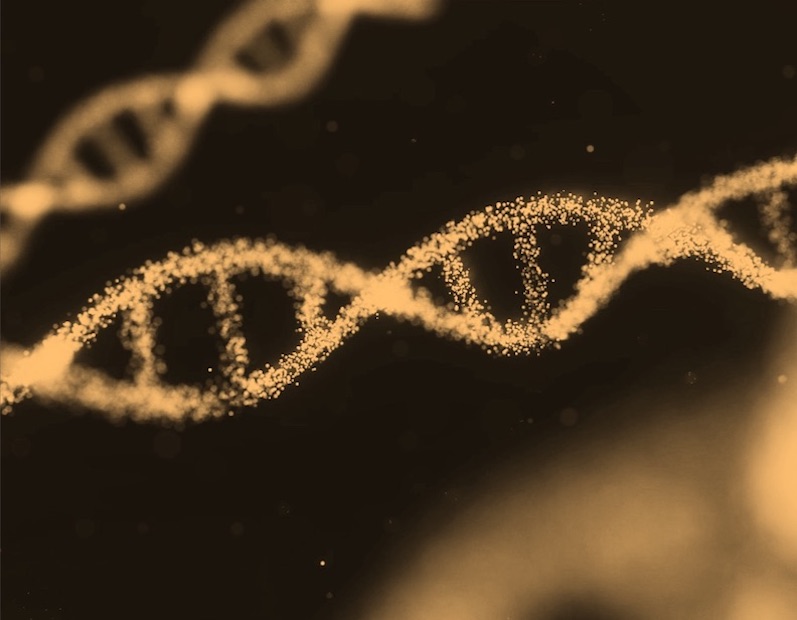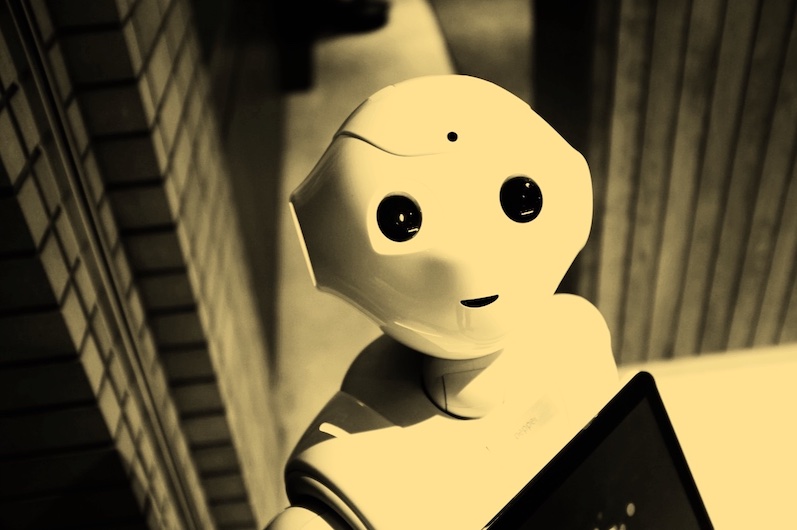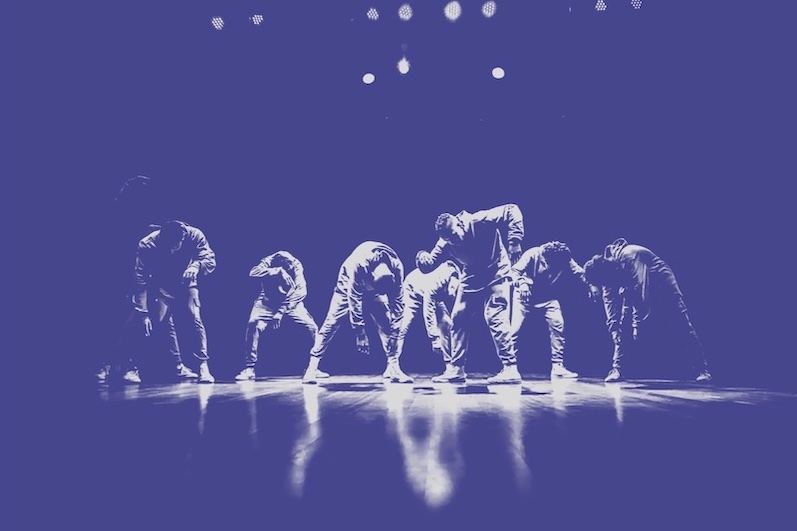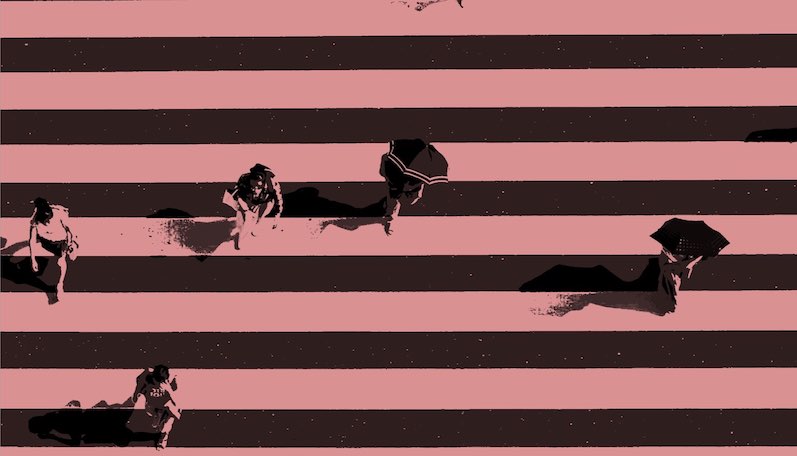What is it about?
What makes an ideal woman or an ideal man? Chinese wartime propaganda provided very different answers for foreign and domestic audiences, and this paper looks at two figures who help to explain both China's mobilization during the War of Resistance (1937-1945) and the development of gender in Chinese societies.
Featured Image
Why is it important?
Shows both the development of a Chinese masculinity based on sacrifice for domestic audiences (a major break from the past and a harbinger of later ideas of Chinese masculinity) and the role of a modern, technological femininity in presenting China to both foreign and Overseas Chinese audiences.
Perspectives
The most enjoyable thing about writing this was being able to draw on the very deep and complete Lee Ya-Ching archival collection to show how China and femininity were presented both in print and visually. You never have all the sources you want, but being able to draw on this collection was a pleasure.
Alan Baumler
Indiana University of Pennsylvania
Read the Original
This page is a summary of: Masculinity, Femininity, Sacrifice, and Celebrity during China’s War of Resistance: Telling the Lives of the Aviators Yan Haiwen (1916-37) and Lee Ya-Ching (1912-98), NAN Nü, June 2020, Brill,
DOI: 10.1163/15685268-00221p03.
You can read the full text:
Resources
Contributors
The following have contributed to this page







